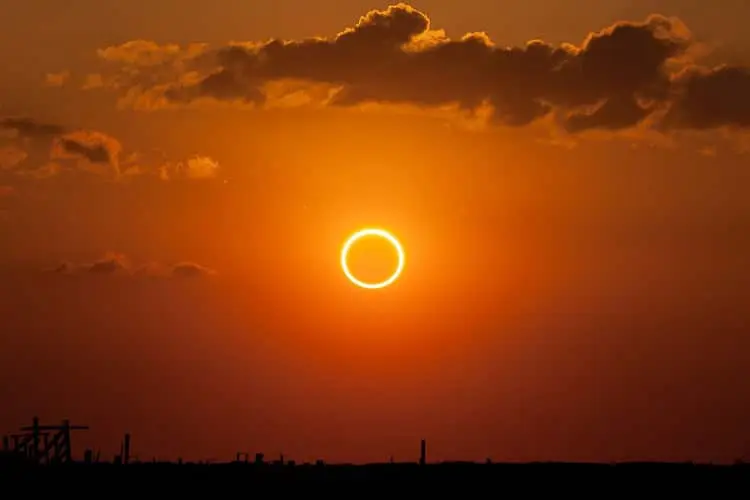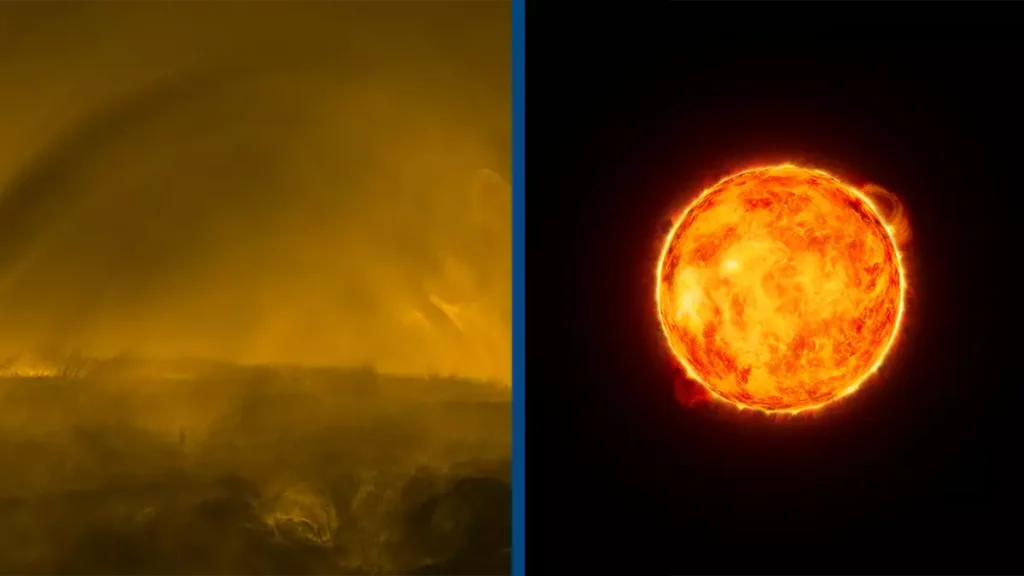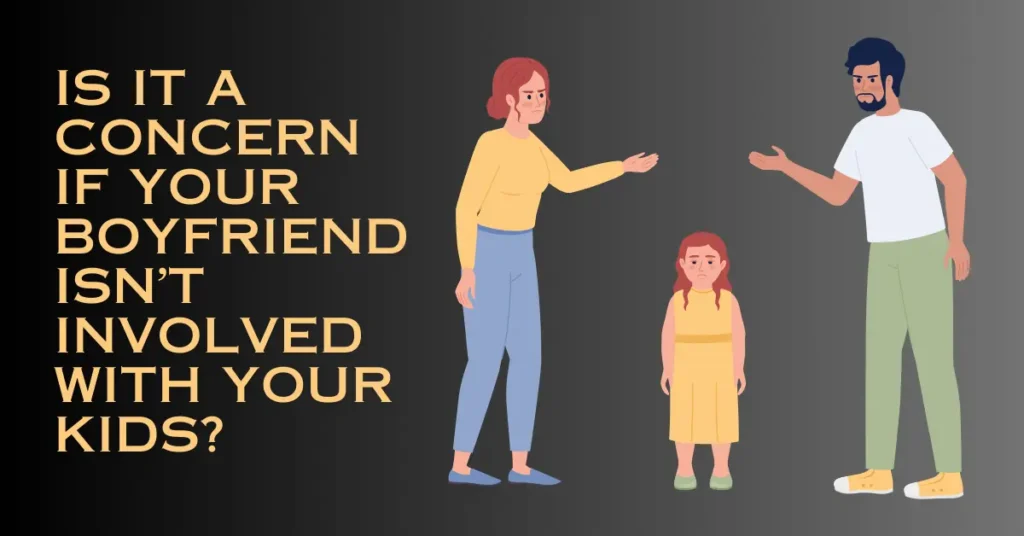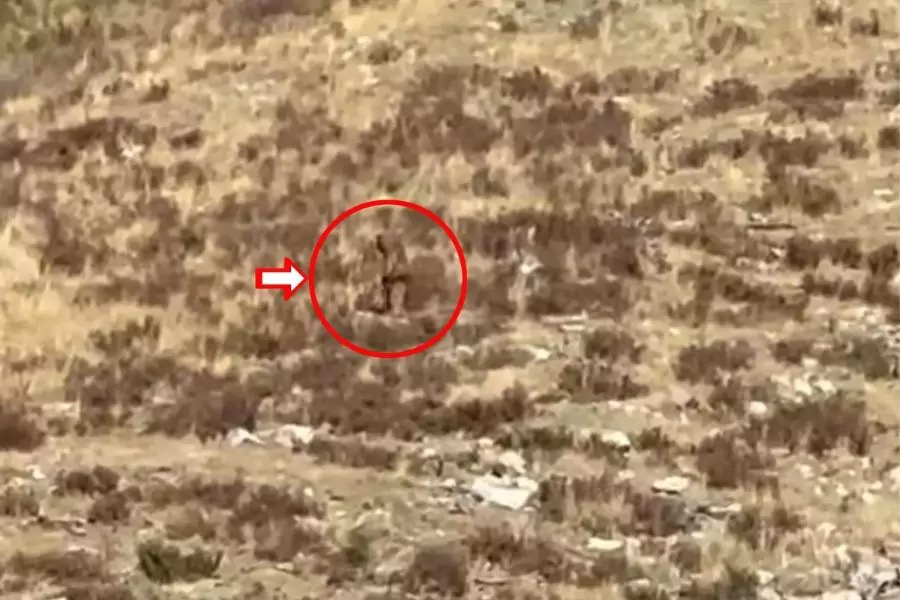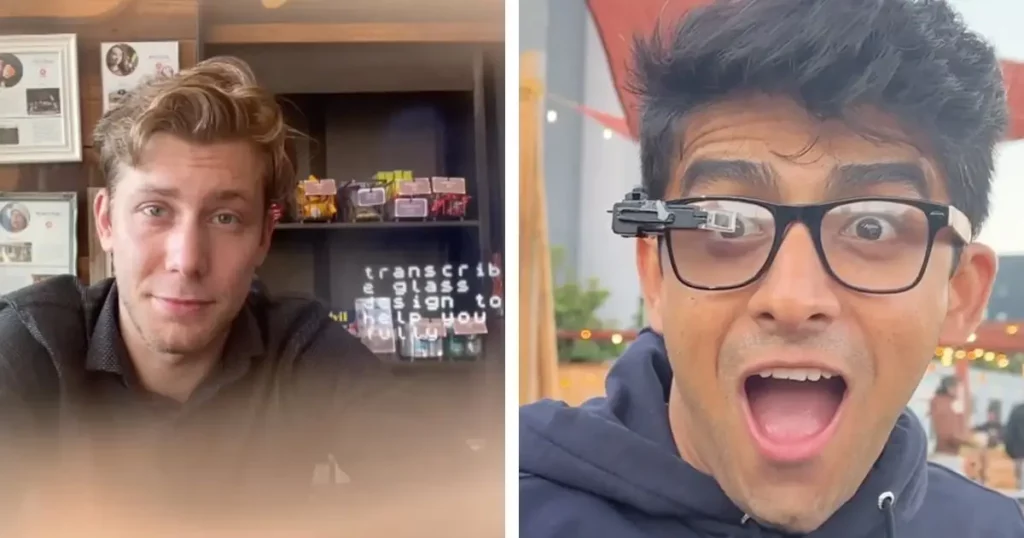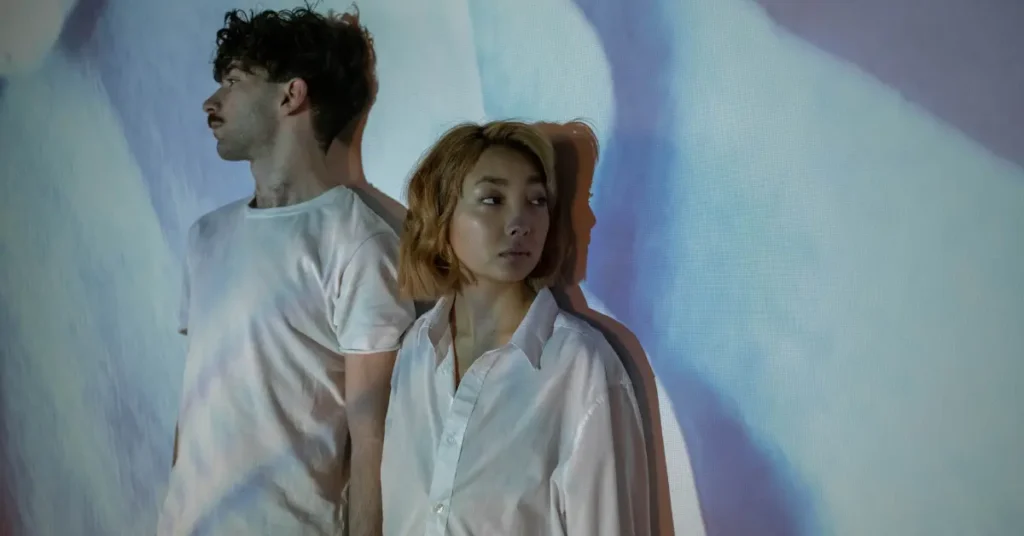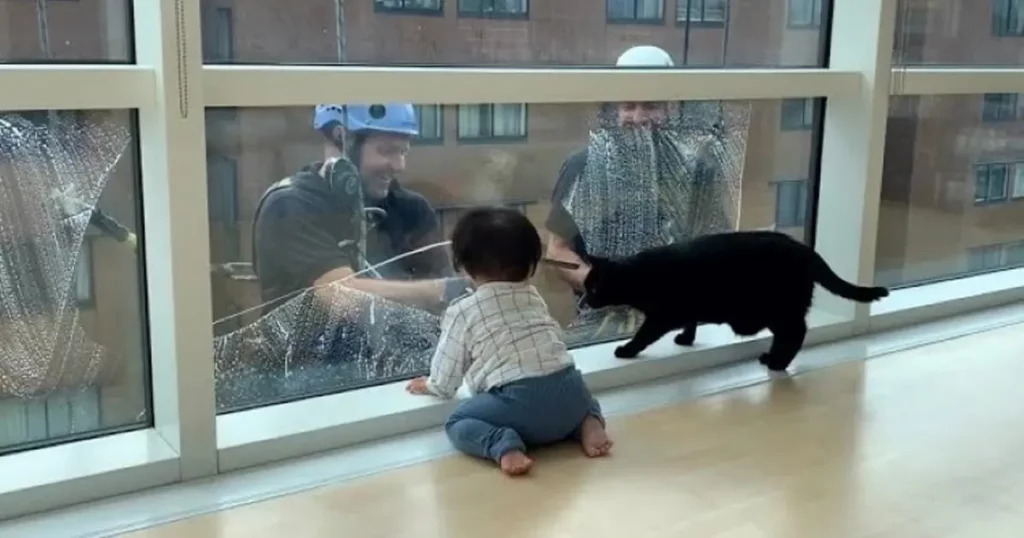
Optical illusions have a unique way of captivating our minds, often leaving us puzzled and intrigued. The latest viral sensation involves a seemingly simple photo of two overlapping skyscrapers that has sparked a heated debate online. If you’ve got sharp eyes, you might be able to discern which building is closer. But be warned—this optical illusion is designed to trick your brain in fascinating ways.
The Nature of Optical Illusions
Optical illusions are images that deceive or mislead our brains, exploiting how we process color, light, and patterns. These illusions can make us perceive things that aren’t actually there or misinterpret the true nature of what we see. For instance, an engagement ring hidden among pebbles that seems impossible to find.
These illusions take advantage of the brain’s tendency to fill in gaps and make assumptions based on visual cues. By manipulating these cues, optical illusions can create a wide range of effects, from subtle distortions to mind-bending puzzles.
The Viral Skyscraper Illusion
The recent viral photo that has everyone scratching their heads involves two skyscrapers, seemingly overlapping in such a way that it’s challenging to determine which one is closer. This photo was posted on Reddit’s Confusing_Perspective forum, a thread dedicated to sharing and discussing perplexing optical illusions.
The question posed to viewers was simple: “Which building is closer?” However, the answer is anything but straightforward. At first glance, you might think that the lighter-colored building on the right is nearer. But many viewers are convinced that the building on the left is actually closer, leading to a fascinating debate and multiple theories.

Dissecting the Illusion
One of the intriguing aspects of this optical illusion is how it plays with our perception of depth and perspective. Here are some of the insights and explanations offered by viewers:
- First Impressions and Contradictions: Many people’s initial reaction is to think that the building on the right is closer due to its lighter color and apparent prominence. However, upon closer inspection, they realize that the building on the left seems to overlap the right one, indicating it is actually closer.
- Forced Perspective: Some users pointed out that the edge of the right building, where it angles, is smaller than the left building’s edge. This subtle cue helps force the image to remain consistent in their minds, reinforcing the idea that the left building is closer.
- Shadows and Lighting: Another critical observation involves the shadows. One user noted that the building on the right has a shadow on the right side of the image, where it turns a corner. The position of the sun, which is up and to the left, suggests that the building on the left should be closer as it receives more direct light.
- Structural Details: Some commenters focused on the glass balconies of the buildings, noting that they don’t quite hold up under scrutiny. These details can help or hinder the perception of depth, depending on how they’re interpreted.
The Real Answer: Which Building is Closer?
After examining the image and considering the various clues, the consensus among many viewers is that the building on the left is actually closer. The key details that support this conclusion include the overlapping edge of the left building over the right one and the shadows indicating the sun’s position, which suggests that the left building is indeed in the foreground.
Why Optical Illusions Fascinate Us
Optical illusions captivate us because they challenge our usual ways of seeing the world. They reveal the limitations and biases of our visual system, offering a glimpse into the complex processes our brains use to interpret visual information. By playing with these processes, optical illusions can create surprising and often delightful effects.
Moreover, illusions remind us that perception is not just a passive process but an active interpretation of sensory inputs. Our brains constantly make assumptions and predictions based on past experiences and context, which can sometimes lead us astray.
Health and Travel Insurance Considerations
While it might seem unrelated at first, the fascination with optical illusions can have some interesting parallels with health and travel insurance. Understanding how we perceive risk and safety can be influenced by similar cognitive processes.
Health Insurance Implications
In the context of health insurance, optical illusions can be a metaphor for the misperceptions people might have about their health risks. Just as our brains can be tricked by visual cues, we can also be misled by incomplete or biased information about our health. This can lead to underestimating or overestimating certain risks, impacting decisions about health insurance coverage.
For instance, someone might believe they are in excellent health and choose a minimal coverage plan, only to discover later that they have a chronic condition that requires extensive treatment. Understanding how cognitive biases affect our health perceptions can help design better health education and insurance products that align more closely with actual needs.
Travel Insurance Implications
When it comes to travel insurance, optical illusions highlight the importance of perspective and context. Just as the context of an image can change how we perceive it, the context of a trip can influence the types of risks travelers face and, consequently, the insurance coverage they need.
For example, a trip to a country known for its adventurous activities might require more comprehensive coverage, including health emergencies and travel disruptions. On the other hand, a relaxing beach vacation might have different insurance needs. Travel insurance policies should be designed with an understanding of these varying contexts and the specific risks associated with them.
The viral photo of the overlapping skyscrapers is a perfect example of how optical illusions can challenge and intrigue us. It demonstrates the complex interplay between visual cues and cognitive processes, revealing the fascinating ways our brains interpret the world. As you continue to ponder which building is closer, remember that these illusions are not just entertaining but also insightful.
They remind us of the importance of perspective, both in how we see the world and how we make decisions about our health and travel. By understanding and embracing these insights, we can make more informed choices and appreciate the wonder and complexity of human perception.
So, have you figured out which building is closer yet? Keep looking, and you might just see things in a whole new light.

































